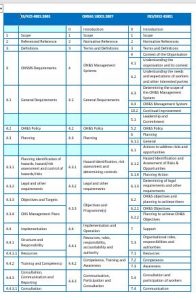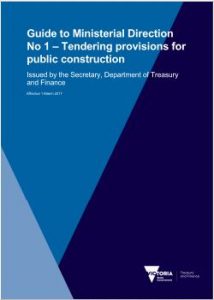 The annual Safety Institute of Australia (SIA) breakfast was held in conjunction with Herbert Smith Freehills (HSF) law firm on 21 February 2018. This year the audience heard from two representatives of WorkSafe Victoria – Marnie Williams, the Executive Director and Paul Fowler, the Director of the Enforcement Group.
The annual Safety Institute of Australia (SIA) breakfast was held in conjunction with Herbert Smith Freehills (HSF) law firm on 21 February 2018. This year the audience heard from two representatives of WorkSafe Victoria – Marnie Williams, the Executive Director and Paul Fowler, the Director of the Enforcement Group.
The WorkSafe presentations were interesting but included what was largely expected – an introduction to the recent Independent Review report and a reiteration of the WorkSafe Strategy 2030. (More on WorkSafe’s presentation in the next article)
Some of the more thought-provoking content came from HSF’s Steve Bell. He presented several issues and perspectives for consideration.

 The hyperbole about
The hyperbole about  On 15 August 2017, the Australian Financial Review (AFR) ran
On 15 August 2017, the Australian Financial Review (AFR) ran  The latest safety management standard
The latest safety management standard  Following yesterday’s article on the impending international occupational health and safety (OHS) management Standard, ISO45001, some readers have asked for more details.
Following yesterday’s article on the impending international occupational health and safety (OHS) management Standard, ISO45001, some readers have asked for more details.  Innovation in occupational health and safety (OHS) is often encouraged by government but government processes and policy can also discourage and limit this. An obvious example is where government insists on compliance with OHS laws in its tendering criteria but acknowledges that the tender safety criteria remains outdated and, privately, that OHS compliance is not enough to ensure a safe and healthy workplace.
Innovation in occupational health and safety (OHS) is often encouraged by government but government processes and policy can also discourage and limit this. An obvious example is where government insists on compliance with OHS laws in its tendering criteria but acknowledges that the tender safety criteria remains outdated and, privately, that OHS compliance is not enough to ensure a safe and healthy workplace. Following
Following